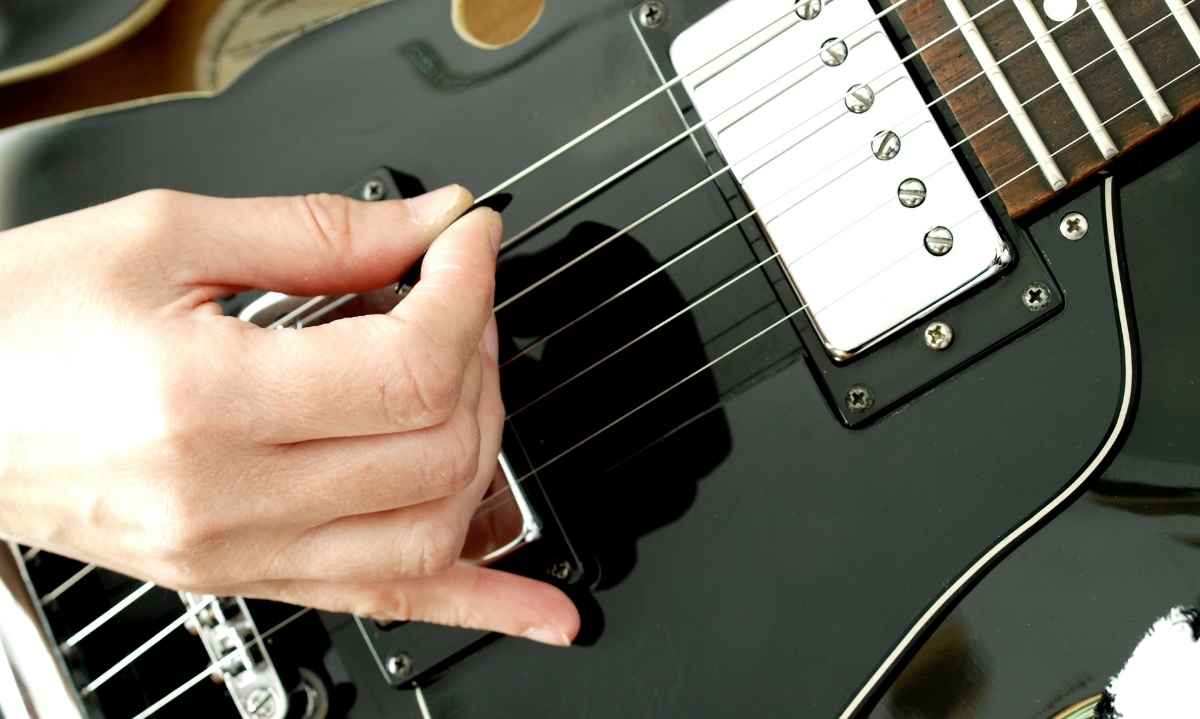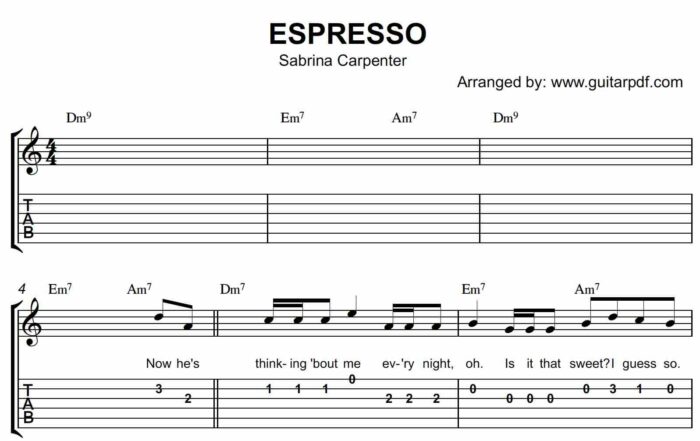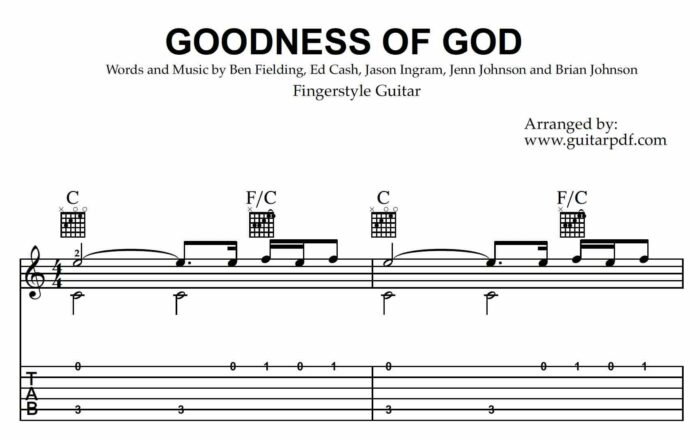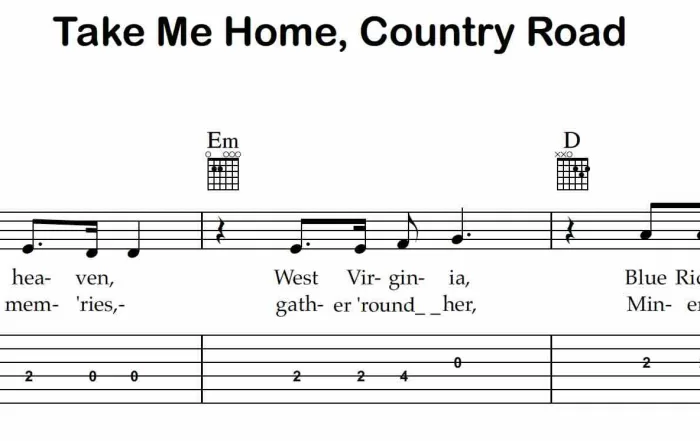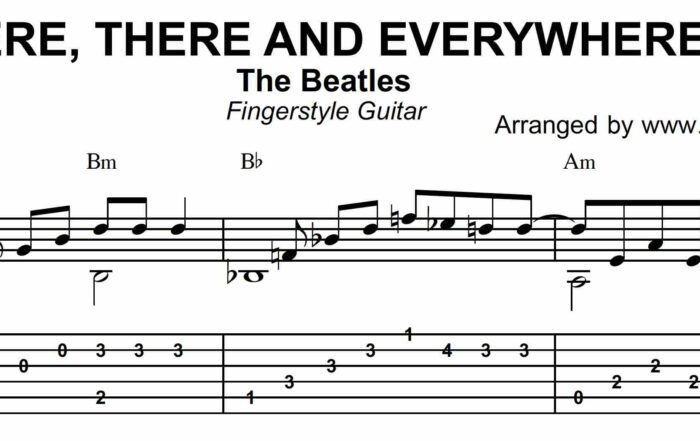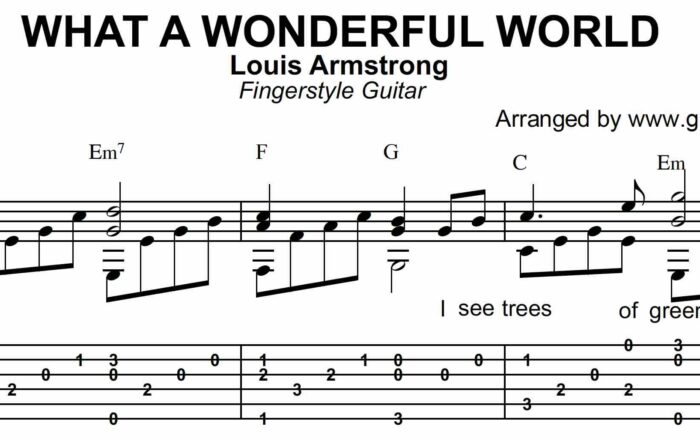Understanding the Guitar Major and Minor Scales
Guitar scales are essential for both aspiring and seasoned musicians, serving as the foundation for melody, harmony, and improvisation. Among the most crucial scales are the major and minor scales, which provide the building blocks for countless musical styles and genres. This article delves into the structure and significance of the major and minor scales, focusing on how they apply to guitar playing.
The Major Scale: A Bright Foundation
Structure and Pattern
The major scale is known for its bright, uplifting sound and is composed of seven distinct notes. The pattern of whole and half steps that defines the major scale is:
- Whole, Whole, Half, Whole, Whole, Whole, Half
To illustrate, let’s construct the C major scale:
- Start on C (the root note).
- Move up a whole step to D.
- Move up another whole step to E.
- Move up a half step to F.
- Move up a whole step to G.
- Move up a whole step to A.
- Move up a whole step to B.
- Finally, move up a half step to return to C.
This sequence produces the notes C, D, E, F, G, A, B, C.
Characteristics
- Sound: The major scale has a bright, happy, and stable sound.
- Chords: The major scale is the basis for constructing major chords. For example, the C major chord is built from the 1st (C), 3rd (E), and 5th (G) notes of the C major scale.
- Key Signatures: The major scale defines the key signature of a piece. For instance, a song in C major uses the notes C, D, E, F, G, A, and B.
The Minor Scale: A More Introspective Tone
Structure and Pattern
The natural minor scale, also known as the Aeolian mode, has a more somber, introspective sound compared to the major scale. Its pattern is:
- Whole, Half, Whole, Whole, Half, Whole, Whole
To construct the A minor scale:
- Start on A (the root note).
- Move up a whole step to B.
- Move up a half step to C.
- Move up a whole step to D.
- Move up a whole step to E.
- Move up a half step to F.
- Move up a whole step to G.
- Finally, move up a whole step to return to A.
This sequence produces the notes A, B, C, D, E, F, G, A.
Characteristics
- Sound: The minor scale has a darker, more emotional quality.
- Chords: The minor scale forms minor chords. For example, the A minor chord is built from the 1st (A), 3rd (C), and 5th (E) notes of the A minor scale.
- Variations: There are also harmonic and melodic minor scales, which have different patterns and applications. The harmonic minor scale raises the 7th note, while the melodic minor scale raises both the 6th and 7th notes when ascending.
Applying Major and Minor Scales on Guitar
Learning the Patterns
On the guitar, scales are played in patterns or shapes that are movable across the fretboard. It’s important to learn these patterns for both major and minor scales in different positions and keys. Practicing these shapes helps in navigating the fretboard and applying scales in various musical contexts.
Incorporating Scales into Playing
- Improvisation: Use major and minor scales as the basis for improvisation. Understanding the notes and intervals of each scale allows you to create melodies and solos that fit within a given key.
- Composition: When composing, major and minor scales help in creating chord progressions and melodies. Experiment with both scales to achieve different moods and atmospheres in your music.
- Technical Practice: Incorporate scales into your technical exercises to improve finger strength, dexterity, and speed. Practice scales with various techniques such as alternate picking, legato, and sweep picking.
Common Pitfalls and Tips
- Overlooking Theory: Understanding the theory behind scales enhances their application. Study the intervals and relationships between notes to deepen your comprehension.
- Ignoring Application: Practice scales in musical contexts, such as improvising over backing tracks or writing melodies. This makes scale practice more relevant and engaging.
- Neglecting Practice: Consistent practice is key. Regularly incorporate major and minor scales into your routine to build familiarity and proficiency.
Conclusion
The major and minor scales are fundamental to understanding and mastering guitar. Their structures and characteristics shape the sound of countless musical compositions and improvisations. By learning their patterns, applying them musically, and understanding their theoretical basis, guitarists can enhance their technical skills and creative expression. Embrace these scales as essential tools in your musical journey, and explore their endless possibilities on the fretboard.

